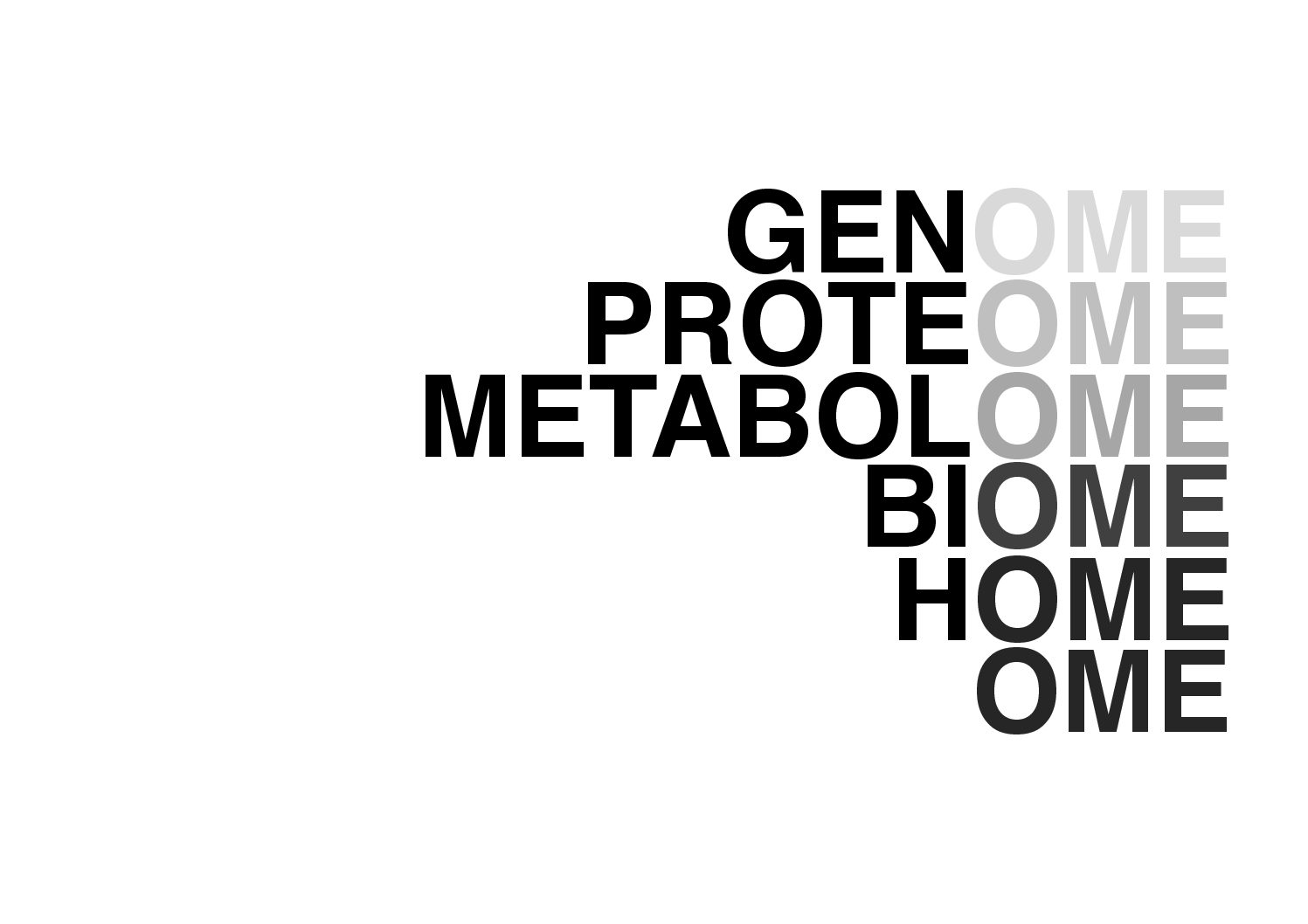


Prototype: Bacterial Cellulose
Synthesising cellulose for use as a façade material for the built environment.
Bacterial Cellulose is a bacteria synthesised cellulose, secreted by a genus of bacteria, known as Komagataeibacter. Research on and use of bacterial cellulose has grown exponentially over recent decades, chiefly in the fields of biomedical, food, packaging, product and fashion design. However, in respect to its potential applications in the Built Environment, significantly less research has occurred and chiefly only in relation to its application as a cement add-mixture in concrete, drawing on its fibrous strength and hence capacity to prevent cracking. Bacterial cellulose can be grown under relatively achievable and benign conditions. Significantly, unlike other biomaterials used in traditional construction e.g. timber, bamboo, reeds or turf, it does not rely on land that might otherwise be used for food production. Because bacterial cellulose does not require soil nor indeed sunlight it can be grown in vertical stacks, resulting in a significantly higher yield per area than cellulosic plants.
This prototype-led project therefore uniquely explores bacterial cellulose as a potential façade material for the built environment, from scaled up production through to its installation, maintenance and the impact of weathering and environmental conditions.
Research Team: Armand Agraviador,Mahab Aljannat, Karolina Bloch, Ben Bridgens, Jay Hallsworth, Yunhong Jiang, Kaajal Modi, Ruth Morrow, Oliver Perry, Meng Zhang.














